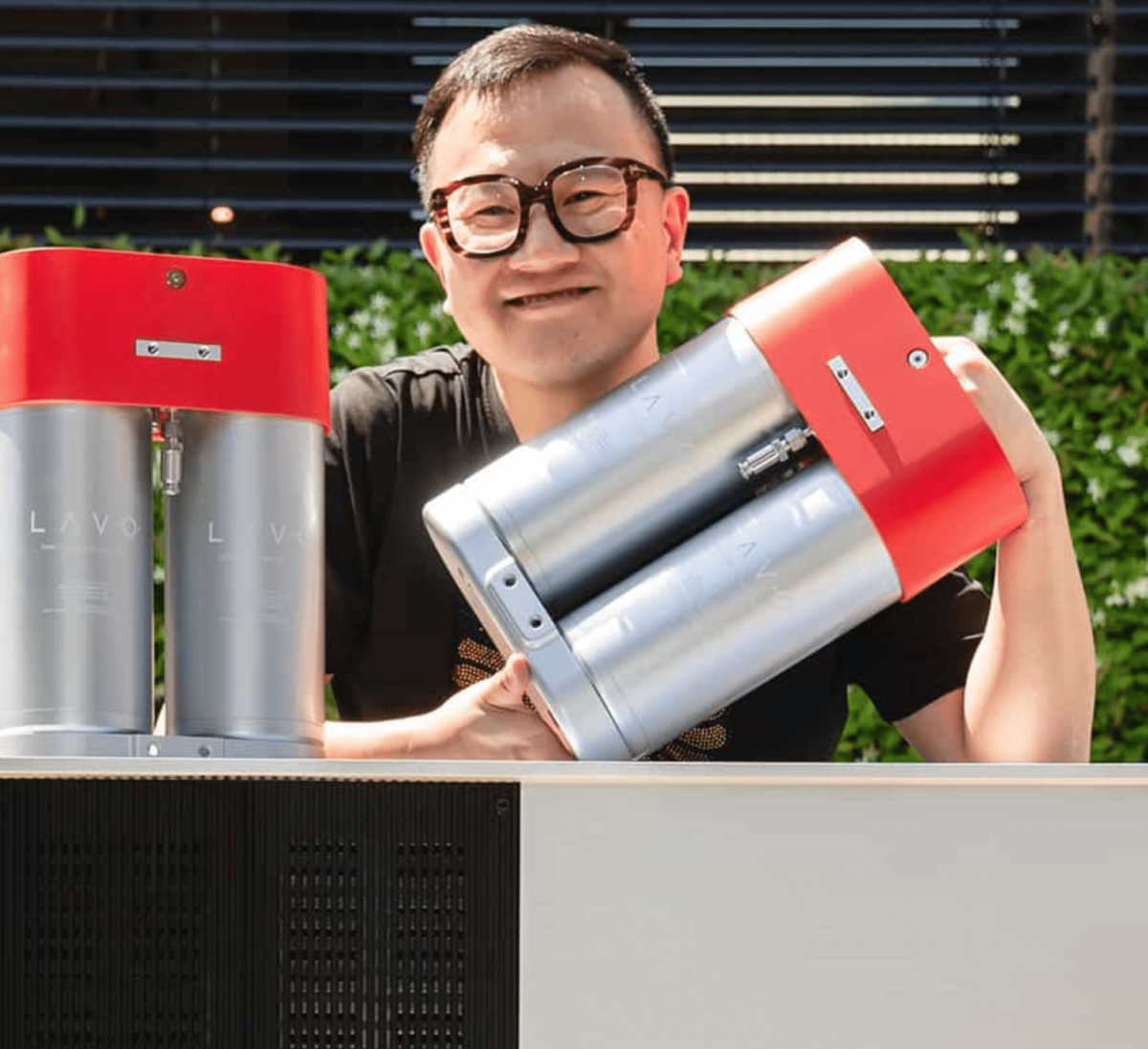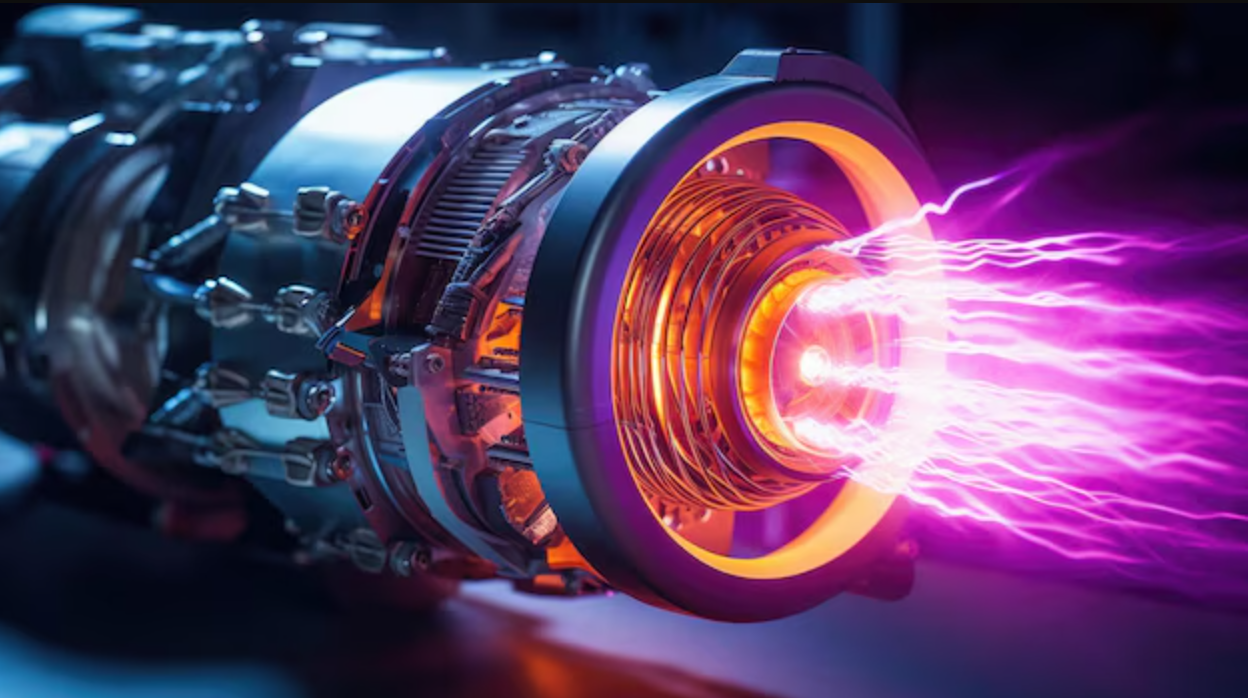Weather-proof power: This is the World’s First Home Hydrogen Battery
Australian energy company Lavo is throwing down the gauntlet to Tesla’s Powerwall with a home battery storage system that doesn’t rely on…

[Feb. 19, 2021: Josh Shavit]
With the major energy and power grid issues dramatically impacting Texas and other Midwest states this week, could this technology be powering households across the US in the next few years?
Home Energy - powered by Hydrogen
Australian energy company Lavo is throwing down the gauntlet to Tesla’s Powerwall with a home battery storage system that doesn’t rely on conventional batteries at all, New Atlas reports — opting for hydrogen as fuel instead.
For both systems, the idea is to soak up any excess energy generated through solar or wind energy systems, as well as provide an emergency ration of power in case the grid ever fails.
Lavo’s massive battery, which it’s calling the Green Energy Storage System, is technically an electrolysis unit that can generate hydrogen from water, store it, and then turn it into electricity using a fuel cell, much like a hydrogen vehicle.
Thanks to its massive 40 kilowatt-hours capacity, Lavo’s battery has nearly three times the capacity of Tesla’s current-gen Powerwall 2. That’s plenty of energy to power an average home for two days straight — and a strident shot across the industry’s bow.
Long Lasting Power
Lavo says its system will last longer than lithium battery systems thanks to its reliance on hydrogen gas rather than the chemicals in a conventional battery. It’s also technically more environmentally friendly as it doesn’t use as many rare earth metals.
But then there’s also the chance of fire or — in the very worst case — a Hindenburg-like explosion. Lavo says any leaks will disperse quickly, though, making it “inherently no more dangerous than other conventional fuels such as gasoline or natural gas,” as the company writes in its FAQ.
Inefficiencies
On the downside, there are inefficiencies involved in storing hydrogen gas and then turning it into electricity. Lavo says its “round-trip efficiency is above 50 percent,” far below your average lithium ion battery system’s efficiency.
Unsurprisingly, the system costs a pretty penny. The Energy Storage System goes for about $26,900, more than three Tesla Powerwall 2s in Australia, according to New Atlas.
Like these kind of stories? Get The Brighter Side of News' newsletter.
Tags: #Global_Good_News, #New_Innovations, #Australia, #Hydrogen, #Batteries, #Tesla, #The_Brighter_Side_of_News
Joseph Shavit
Head Science News Writer | Communicating Innovation & Discovery
Based in Los Angeles, Joseph Shavit is an accomplished science journalist, head science news writer and co-founder at The Brighter Side of News, where he translates cutting-edge discoveries into compelling stories for a broad audience. With a strong background spanning science, business, product management, media leadership, and entrepreneurship, Joseph brings a unique perspective to science communication. His expertise allows him to uncover the intersection of technological advancements and market potential, shedding light on how groundbreaking research evolves into transformative products and industries.



